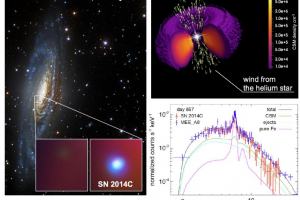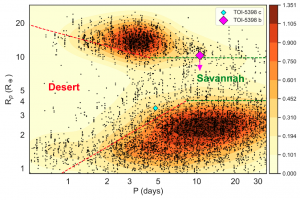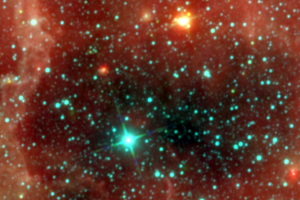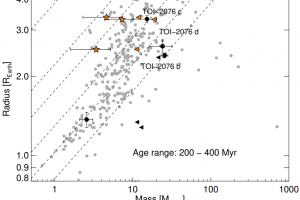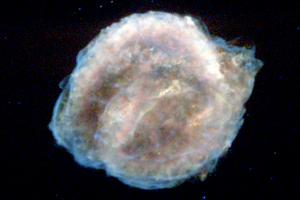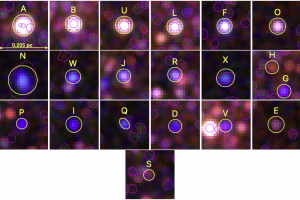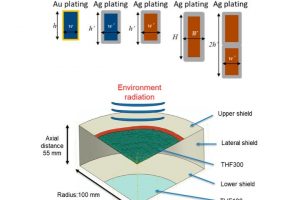(Italiano) Un superammasso stellare svelato dal James Webb Space Telescope. L’articolo: “EWOCS-III: JWST observations of the supermassive star cluster Westerlund 1” di M. G. Guarcello (INAF-OAPA) pubblicato su A&A

The star-forming regions can differ significantly from one another, particularly in terms of the population of massive stars (with masses exceeding about 10 solar masses) and stellar density (defined as the number of stars per unit volume). These aspects can vary drastically from one region to another. Such differences are extremely important, as massive stars create environments dominated by high-energy
» Read more
